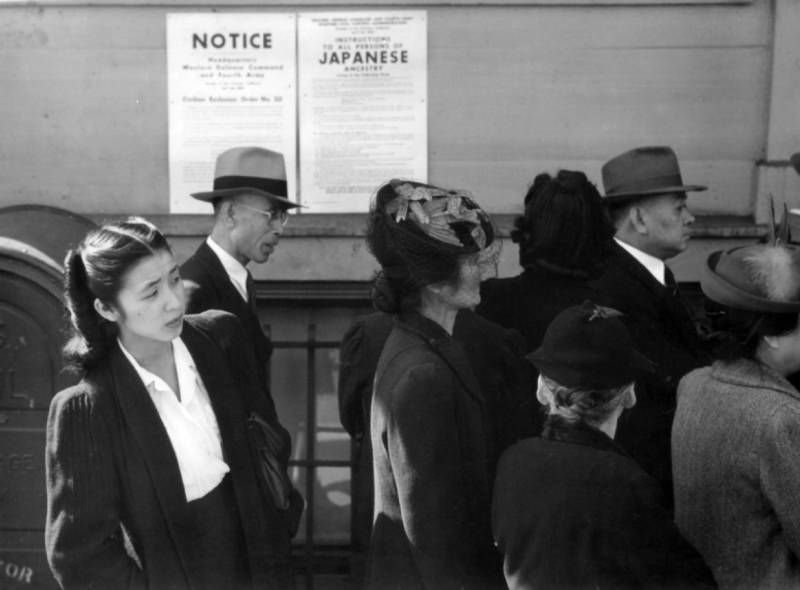One lives many lives as an immigrant. When you’re a first-generation immigrant, your life fractures in two—there was the life you left behind and the new one that emerges in your adopted land. When you are second generation, the fractures of your parents’ lives extend into yours: their reasons for leaving become an integral part of how you understand yourself, akin to a salient physical trait—a mole, say, or dimples in your cheeks.
There are many books that explore the experiences of first- and second-generation immigrants, together and separately. Isako Isako, the debut poetry collection by Bay Area writer Mia Ayumi Malhotra, is different: it follows four generations of Japanese and Japanese-American women through polyphonic perspectives that explore home, identity and history and its racial and political overtones.

Malhotra boldly begins with a reproduction of the Civilian Exclusion Order No. 34, which ordered that all people of Japanese ancestry (both citizens and immigrants) be taken to internment camps. I can’t say that I had ever sat down to read this order from beginning to end, but this time I did. “Evacuees must carry with them on departure for the Assembly Center… (a) Bedding and linens (no mattress) for each member of the family; (b) Toilet articles… (c) Extra clothing…; (d) Sufficient knives, forks, spoons, plates, bowls, cups.” The nightmarishly trivial use of “evacuees” in this order has its own chilling effect—a reminder of how a government’s language can so easily be deployed against its own people.
Isako Isako was born from stories Malhotra heard from her maternal grandmother, who lived in Japan during World War II and the ensuing American occupation, later immigrating to the U.S. Malhotra’s grandmother also told stories about her own mother (Malhotra’s great-grandmother). In “History of Isako,” one of the most stunning poems in the collection, the speaker of the poem begins by telling her own story:
During war Isako is lady watch city fade to rubble. Is lady hide in Kobe church as air raid siren shrill overhead. Is lady strain for voice of emperor on radio then sell kimono and shred potato to rice.
The preternatural present tense in this poem and the broken English creates a delicate and strained aura, all the more so, as we follow Isako’s journey into the U.S.:
Is lady cross Pacific on S.S. Cleveland. Isako is lady turn from train track when spat upon. Is lady in Arkansas desert. Is lady wipe dust from tin plate in mess hall. Is released from camp to board Whites Only train.
In the second part of this poem, we hear from the writer of Isako’s story: “When I write about Isako I use words like ______ and ________ knowing such designations make no sense. I use these details to make Isako at home on a page that is otherwise white.”


